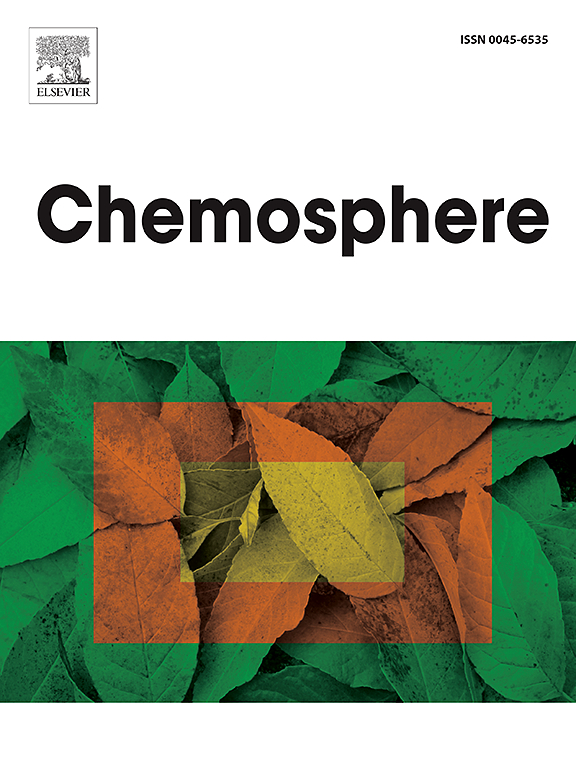Extracellular vesicles modulate metabolic processes in Prymnesium parvum, the causative species of algal blooms
IF 8.1
2区 环境科学与生态学
Q1 ENVIRONMENTAL SCIENCES
引用次数: 0
Abstract
Prymnesium parvum is one of the main contributors to harmful algal blooms, mainly because of its ability to produce prymnesin, a toxin involved in marine specie deaths occurring in these events. At the same time, scientific works are reporting the existence of microalgae-derived extracellular vesicles in different microalgal strains, which as in other species participate in different cellular processes and intra- and intercellular communication. Now, knowing that each of the toxic Prymnesium parvum strains produce one of the three known types of prymnesin, strains PPSR01, SAG 18.97 and UTEX-2797 (that produce the C-type, B-type and A-type prymnesins, respectively) were selected to investigate the proteome of their extracellular vesicles and to elucidate their cellular functions under normal, nitrogen deficient and phosphorus deficient growth conditions. It was observed that although extracellular vesicle size and morphology did not vary significantly between strains, their proteins showed more differences among strains than among treatments. Nonetheless, it was determined that the extracellular vesicles were involved in metabolic processes, compound synthesis, gene expression and cell growth mechanisms. Additionally, significant changes among strains were found in the vesicular proteomes when these were grown in nitrogen-deficient media, whereas phosphorus deficiency only caused changes in the UTEX-2797 strain. Through metabolomic analysis, the extracellular vesicles derived from this last strain were found to transport prymnesin. Together, these findings highlight the role of microalgae-derived extracellular vesicles in the environmental stress response in P. parvum and their impact in algal blooms.

细胞外囊泡调节藻华的致病菌--副藻的新陈代谢过程
本文章由计算机程序翻译,如有差异,请以英文原文为准。
求助全文
约1分钟内获得全文
求助全文
来源期刊

Chemosphere
环境科学-环境科学
CiteScore
15.80
自引率
8.00%
发文量
4975
审稿时长
3.4 months
期刊介绍:
Chemosphere, being an international multidisciplinary journal, is dedicated to publishing original communications and review articles on chemicals in the environment. The scope covers a wide range of topics, including the identification, quantification, behavior, fate, toxicology, treatment, and remediation of chemicals in the bio-, hydro-, litho-, and atmosphere, ensuring the broad dissemination of research in this field.
 求助内容:
求助内容: 应助结果提醒方式:
应助结果提醒方式:


